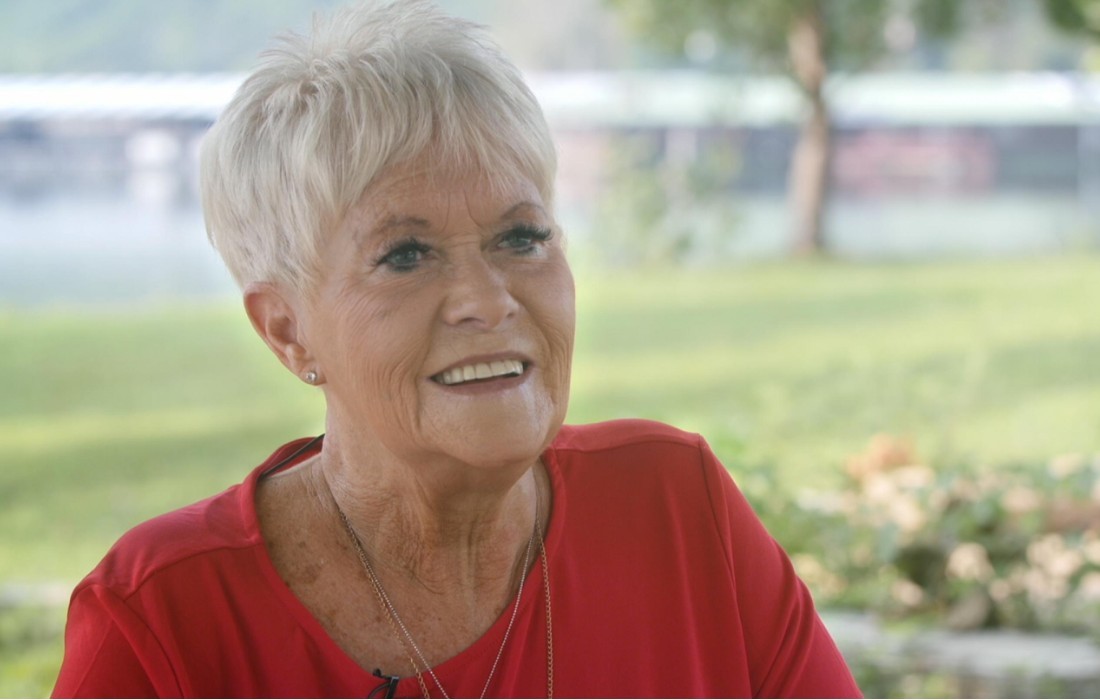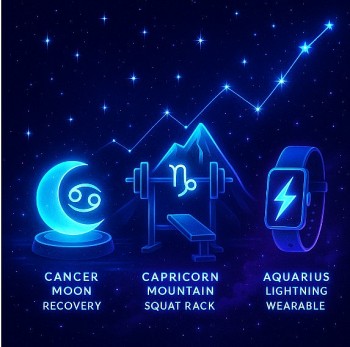What Causes Tree Leaves to Change Color in Autumn?
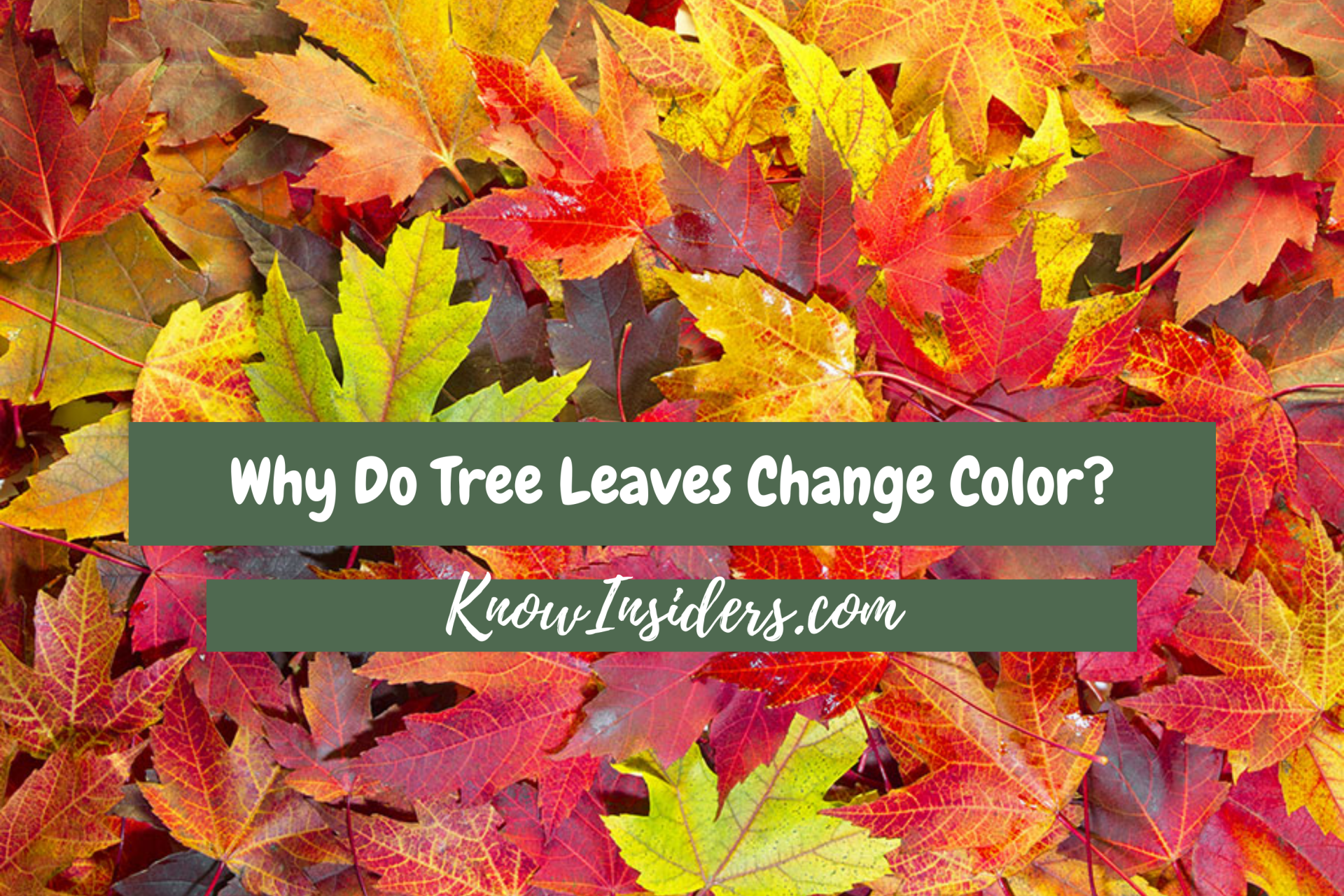 |
| Colorful Leaves. Photo: Mixi |
| Contents |
In actuality, a tree's leaves always contain the substance that causes them to turn from green to yellow, orange, and red. Just so happens that the brilliant colors of autumn come to life because of the shorter days and cooler nights.
What Kind of Trees Make the Colorful Autumn Leaves?
As you are already aware, trees are categorized as deciduous or evergreen based on their species and genus. Every spring, a deciduous tree produces new leaves, which only last for one growing season. These annual, deciduous leaves are what provide our stunning fall foliage.
Why are Leaves Green in Spring and Summer?
Trees produce food and chlorophyll in the spring and summer. The substance that gives leaves their green color is chlorophyll, which is produced when specific leaf cells react to sunlight.
However, the arrival of fall's colder temperatures and fewer daylight hours alerts trees to the impending dormant season, when they should prepare for the winter. This signal of the end of the season also indicates that the process that produces chlorophyll, which gives leaves their green color, is about to cease.
Why Do Leaves Change Color In The Fall?
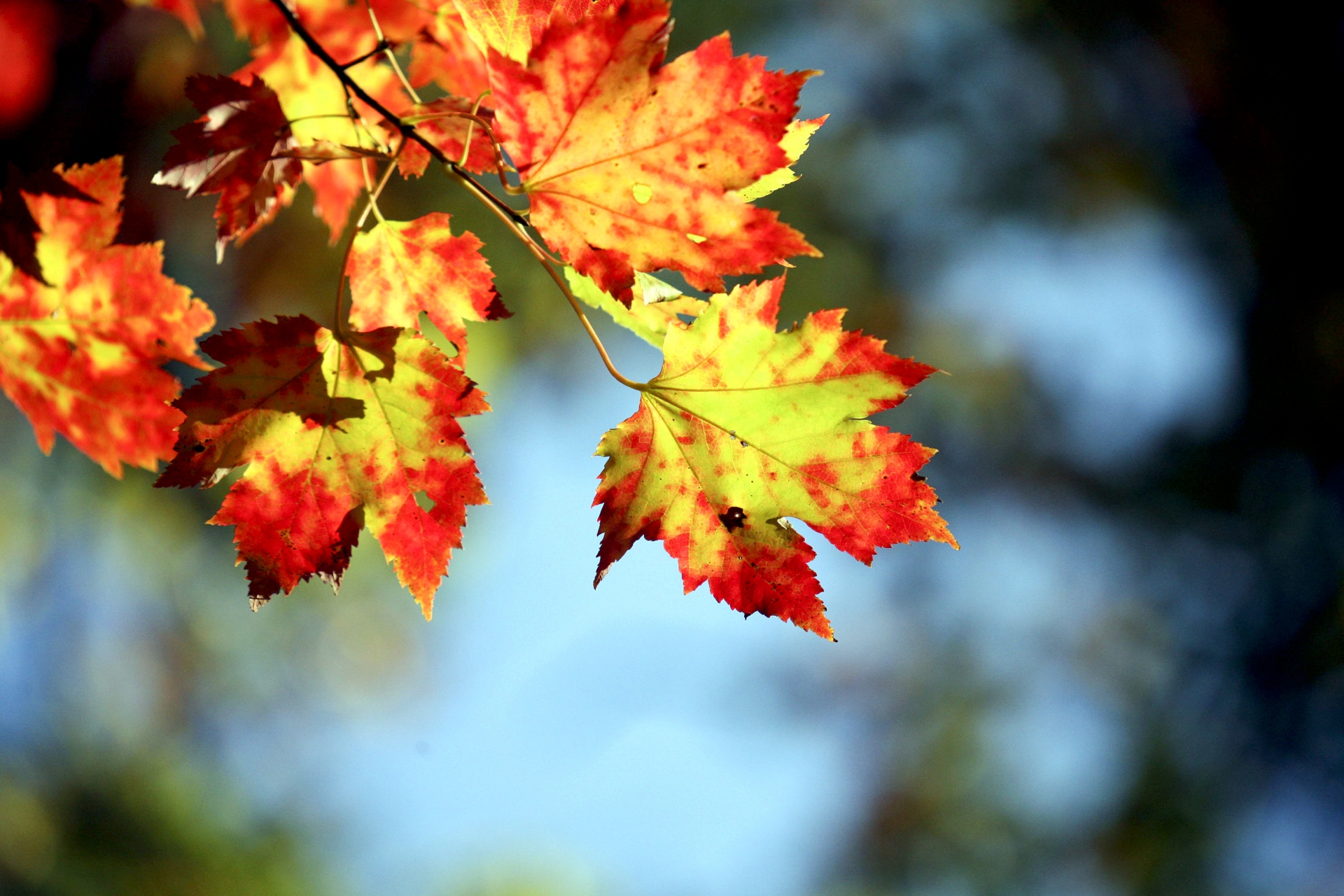 |
| Photo: The Cornell Daily Sun |
There are a number of reasons why leaves change color in the fall, but the longest nights and shorter days, as well as their effects on the chemical processes within each leaf, are the main culprits.
It all boils down to biological pigments, or "biochromes," which are molecules that, through absorption or reflection of light wavelengths, give rise to particular colors in living organisms.
It's possible that you are somewhat familiar with chlorophyll, the green pigment that plants produce as part of photosynthesis. Other pigments found in plants include anthocyanins, which produce red and purple leaves, and carotenoids, which produce oranges. Although carotenoids and chlorophyll are present all through the growing season, the majority of anthocyanins are only produced in late summer and early autumn.
The amount of light needed for photosynthesis decreases with the lengthening of the nights and the shortening of the days, and chlorophyll production eventually stops. The distinctive green hue of the leaves starts to deteriorate and disappears when no new chlorophyll is produced. This process essentially "unmasks" the colors that were hidden beneath the carotenoids and anthocyanins.
Temperature and humidity can influence the intensity of these seasonal displays, although the most important factor influencing changing foliage colors is the decreasing number of hours of sunlight. For instance, bright, warm days combined with chilly, pleasant evenings are an especially effective combination for creativity.
| According to the National Forest Service: "The leaf produces a lot of sugars during these days, but these sugars cannot leave the leaf because of the cool nights and the slow closing of veins that go into the leaf. Lots of sugar and light encourage the production of the vibrant anthocyanin pigments, which give colors like red, purple, and crimson." FUN FACT: If you examine a twig or branch, you’ll often find the remnants, or scars, of previous leaf abscission on the bark’s surface. In many species, these leaf scars are an important way to identify a tree, particularly during dormancy when its branches are bare. |
What Makes Autumn Leave Colors Appear?
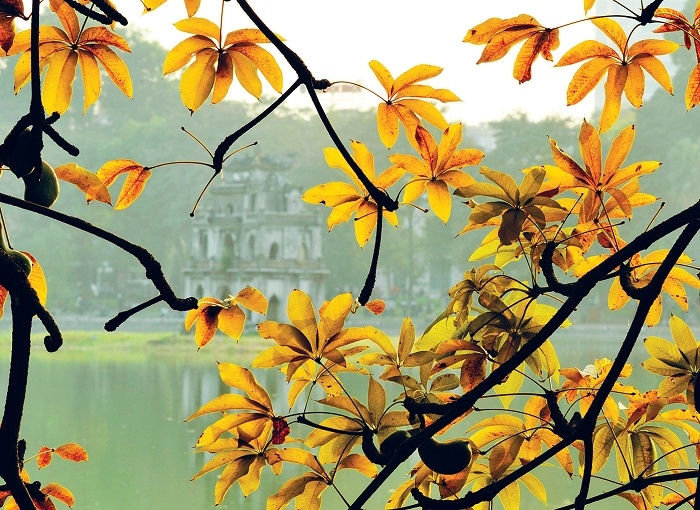 |
| Photo: Vietworld.world |
During the growing season, other colors in leaves can be obscured by the potent green pigment chlorophyll. However, other colors in a leaf become visible when the green chlorophyll in it disappears.
The most prevalent previously hidden colors in leaves that become visible when chlorophyll is eliminated are as follows:
* Xanthophylls, cells that we see as yellow
* Carotenoids, cells that we see as yellow-orange and orange
* Anthocyanins, cells that we see as pink and red
What Determines Which Color the Leaves will be in Fall?
The species of the tree and its general health will determine which shade of orange, yellow, or red it displays. Trees under stress due to summer heat or drought can have fall foliage that is less spectacular than expected, with leaves turning a dull brown hue rather than a vibrant red or orange. Certain trees, like many oaks, naturally turn brown.
Yellows
Certain tree species contain carotenoids, which give their leaves an orange or yellow tint. Some tree species have such an abundance of carotenoids in their leaves that they can occasionally outcompete chlorophyll. For this reason, during the growing season, leaves may appear yellowish-green, and in the fall, yellow leaves are frequently the first to appear. The leaves of hardwood species like maple, ash, alder, birch, cottonwood, and ash will have an orange or yellow hue. The vivid color of carrots, corn, bananas, egg yolks, and many other natural objects is also attributed to this pigment.
Reds
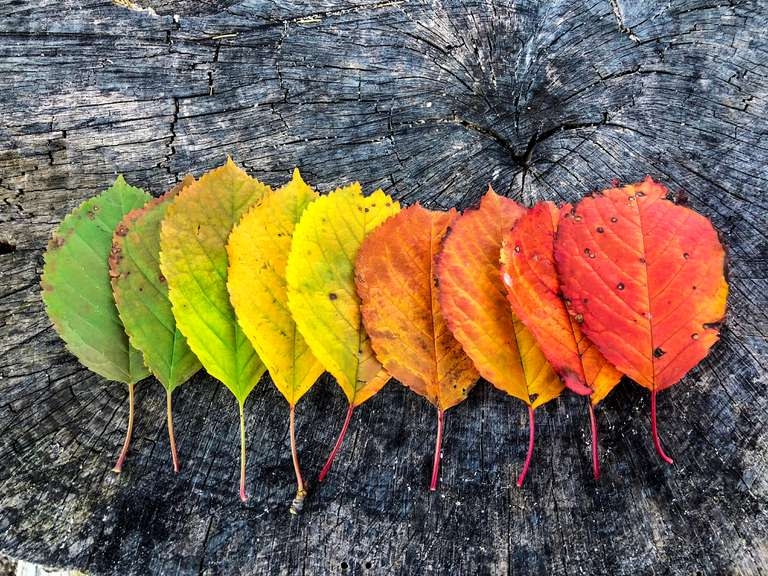 |
| Photo: treehugger |
The red pigments in leaves are called anthocyanins, and they are produced by sunlight. It is occasionally visible in the spring on buds and the tips of newly emerging leaves, but it is most noticeable in the fall on the broad leaves of dogwood, oak, and maple trees. The deep orange and bronze hues that are frequently seen in hardwood species can be created by combining them with carotenoids. Additionally, anthocyanin pigments are present in cranberries, strawberries, plums, and red apples.
Does The Weather Make A Difference?The weather can indeed impact the color and brightness of a tree's leaves. Each season and phase of the growth cycle can influence autumn foliage, as stated by the U.S. National Arboretum. It is optimal to experience a wet spring without any problems. During the early stages of growth, a tree may prematurely seal off its leaves due to drought conditions, leading them to fall before they can fully develop their autumn colors. Excessive moisture during the summer and early fall can cause colors to appear less vibrant. The most colorful leaves will emerge during the sunny days and cool nights that we cherish about autumn. Intense sunlight accelerates the degradation of chlorophyll, leading to the early appearance of yellows and oranges and promoting the synthesis of additional anthocyanins. Red pigments in trees are influenced by photopigments, so areas of trees that are exposed to a lot of sunlight may have more red leaves. |
 How to Convert the Color of Your Name in Twitch Chat How to Convert the Color of Your Name in Twitch Chat Now, if you’ve joined a stream on Twitch, you’ve definitely noticed users with different colored names. Check out right below the way to change your ... |
 Latest iPhone 13 Appearance: New Colors and Design Expected Latest iPhone 13 Appearance: New Colors and Design Expected Apple’s new iPhone is set to be launched on September 14. Here is everything you need to know about how iPhone 13 will look. |
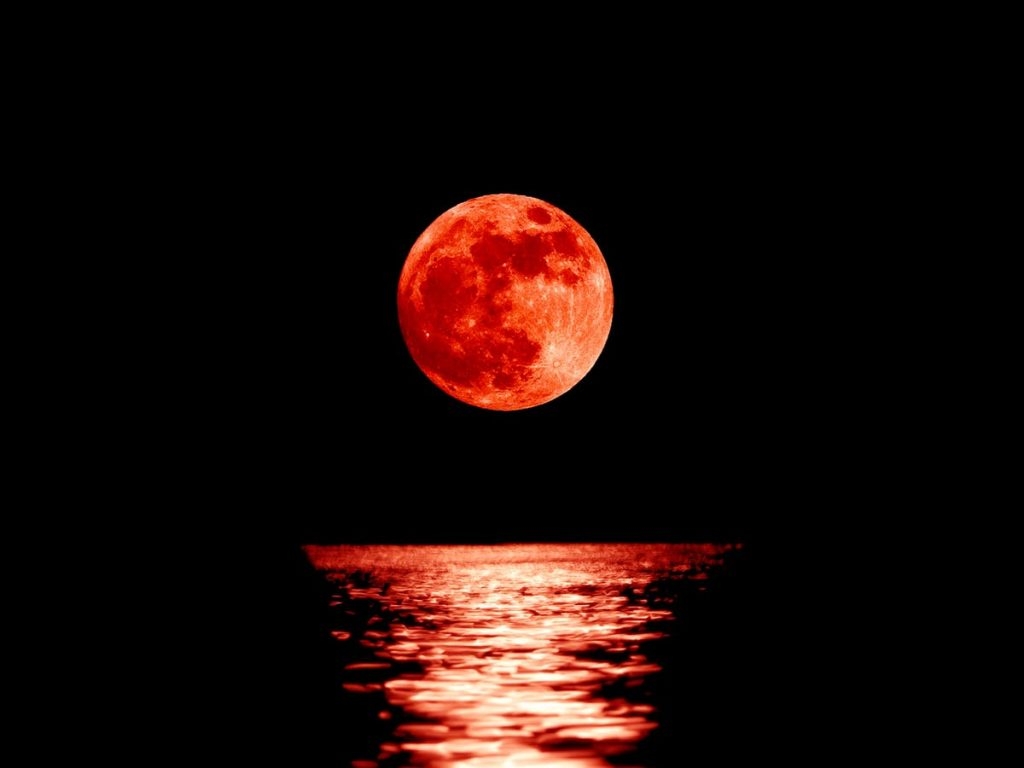 Facts About Blood Moon: Unusual Color, Spiritual Meaning, Myths & Legends Facts About Blood Moon: Unusual Color, Spiritual Meaning, Myths & Legends There are several things about Blood Moon that we don’t know. This article will provide you more knowledge on this phenomenon: Unusual Color, Spiritual Meaning, ... |









